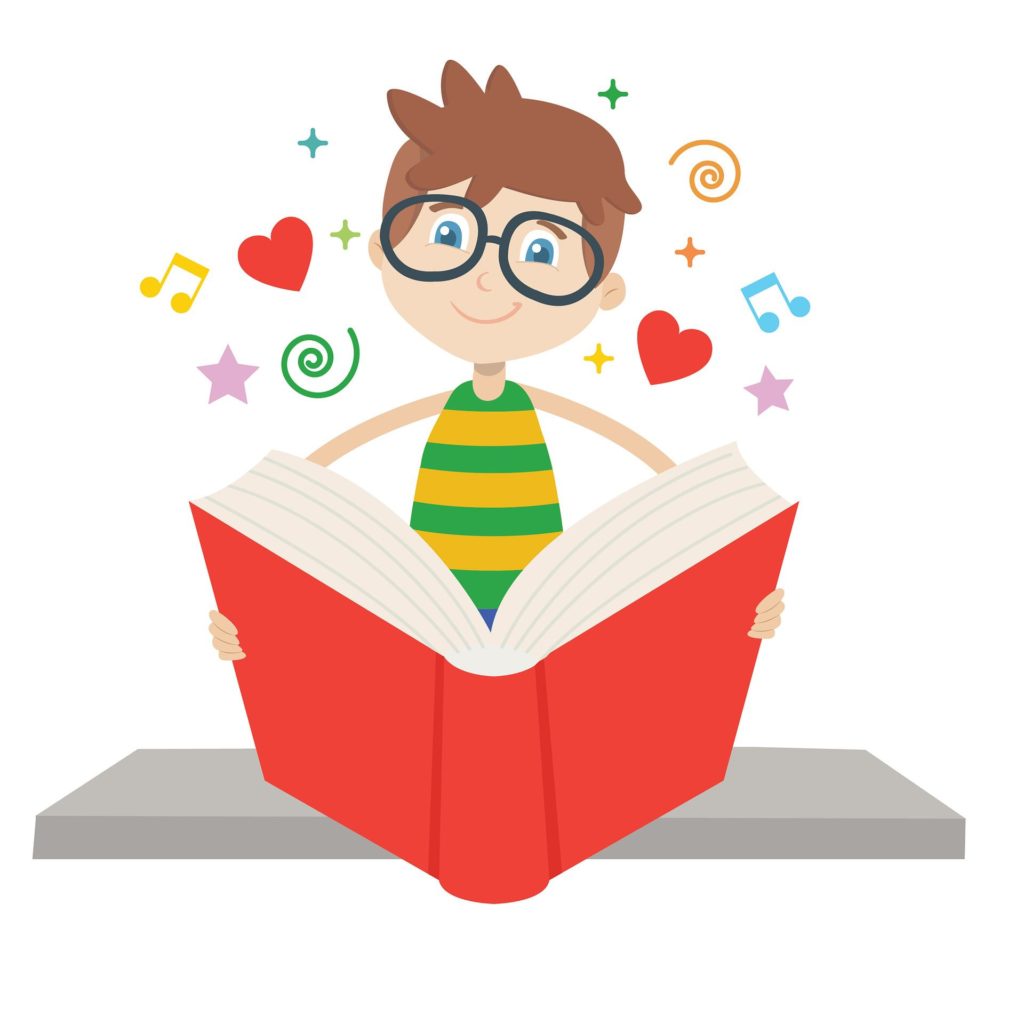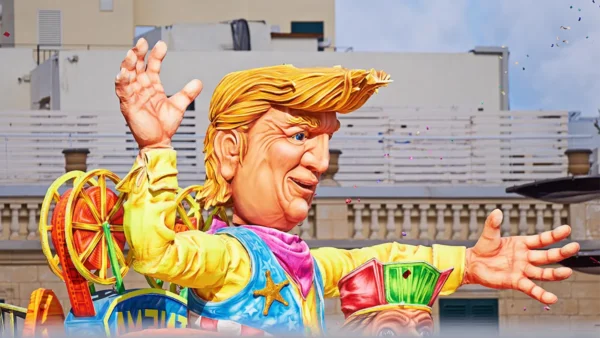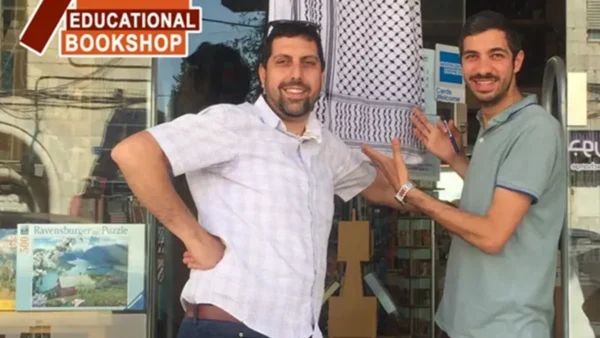Diversity in children’s books is a real problem. Here are a couple of statistics for you, courtesy of The Bookseller:
- 32.1% of pupils of compulsory school age in England are of minority ethnic origins.
- Only 4% of all the children’s books published in the UK last year featured a black, Asian or minority ethnic (BAME) character.
And then, the other day, I was going through this summer’s Amnesty magazine and discovered this article by poet Charlie Dark, in which he talks about his experience of growing up in London and not seeing himself represented in books—a problem that his own kids now have:
“Growing up, I read a lot but never recognised myself in any of the books. Now I’ve got kids – aged 13 and 11 – and they ask me: Dad, why aren’t I in any of these books? At some point you want to read stories that mirror a reality you can identify with.”
As a white person, I’ve always had the privilege of seeing my reality mirrored in the books I read (as well as the films I watch, the websites I visit, etc.). I can’t imagine how damaging and dispiriting it must be to read books in which people like you never feature, and what messages that must send about what is possible for you in your life.
Of course, kids use their imaginations, and they can identify with characters who look different. Dark himself says that he loved books like The Lion, the Witch and the Wardrobe, Catcher in the Rye and Jane Eyre. But, he adds:
“Representation validates who we are.”
I’d also like to add that diversity in children’s books is not just an issue for the 32.1% of pupils from minority ethnic backgrounds. It’s a big issue for white children too. Books help to shape your view of the world, and the world they are entering is full of diversity. I’d argue that even in places where the population is more homogeneous, exposure to more diverse children’s books would be beneficial.
In the US, they’ve been tracking things diversity in children’s books for a lot longer than the UK, and they’ve been making progress. Here’s an infographic from Lee & Low Books:
As the Lee & Low article acknowledges, diversity in children’s books still lags behind diversity in the US population. But the last couple of years have seen a real increase. That’s the result of some strong activism, clear measurement, and a real acknowledgement within the publishing industry of the need for change. I hope the UK follows a similar trajectory.
But beyond the headline number, there are other important issues. Who’s writing the stories? Who’s illustrating the books? Who’s doing the editing and commissioning? And what kinds of stories are being told? It’s about more than just sticking a few diverse characters in the book.
The Bookseller article, for example, points out that of the books that even contained a BAME character, many of them were just in the background—in only 1% of books were they the main character. And in the US, according to the Lee & Low article, Black, Latinx, and Native authors combined wrote just 6% of new children’s books published in 2016.
We’ve got a long way to go.





There are 4 comments
This is a real concern. I agree, it is terribly unfair, and for me being white, unimaginable, not having books about people who looked like me, to read when growing up. I suspect the situation will improve with time as awareness and activism drive improvement. However, this situation has gone on for decades and that is far too long.
Hi Brian
I agree, it’s gone on far too long. That chart in the US does show some real improvement in recent years due to the causes you mention, but there’s still a long way to go. And although I focused on race and ethnicity here, there are plenty more dimensions of diversity—such as gender, sexual orientation, disability status, etc.—where I suspect the picture is similar.
I hadn’t thought about this until I was talking to my mom on the evening of my children’s book launch and she said that she could not even imagine a book featuring St Lucian children when she was a child. Then when I read to some preschool children they were interested in learning more about me and I realized it’s equally important for children to have author’s that look like them.
Hi Monetta
Thanks for stopping by! I’m really sad to hear what your mom said. I can’t imagine how alienating it must be to grow up reading about other people’s realities instead of your own, and what messages that must give to children about what’s possible.
I quite agree about authors too. As I said in the post, we need to go much further than just sticking a few “diverse” characters in a book. There needs to be much more diversity throughout the publishing industry so that it truly reflects the reality of the world we live in.
Your reading to preschool children must have given them such a positive message. And hey, I see your book is about yoga for kids too, which is great! I wish you lots of luck with it.